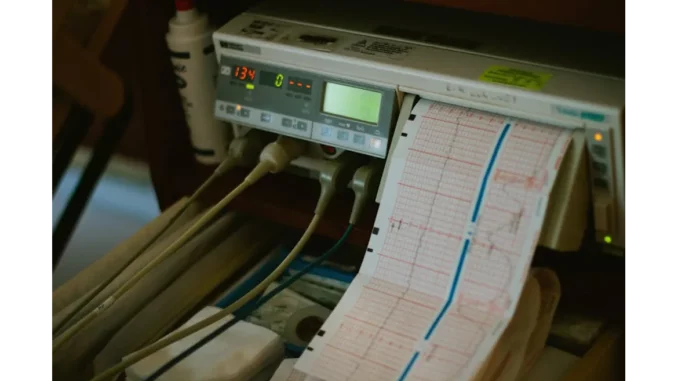
In today’s rapidly evolving technological landscape, the quest to enhance healthcare outcomes is unwavering, with a particular focus on the dependability of medical devices. This is especially pertinent for cardiac devices such as pacemakers and defibrillators, which play a pivotal role in monitoring and rectifying irregular heart rhythms. These sophisticated devices serve as a lifeline for countless individuals, yet, like all technology, they are not immune to failure. Despite their rarity, recalls do occur, making it imperative for both patients and healthcare providers to understand their ramifications. In pursuit of greater insight into this issue, I engaged with Dr. Michael Harrington, a distinguished cardiologist with over twenty years of experience in the field of cardiac care.
Dr. Harrington commenced our dialogue by extolling the exceptional reliability of contemporary cardiac devices. “The technology today is truly remarkable,” he remarked. “These devices have become an integral part of managing cardiac conditions. However, as with any sophisticated technology, there is always a margin for error.” This acknowledgement of technological fallibility underscores the importance of vigilance and preparedness in the face of potential device recalls.
Recalls can stem from a myriad of issues, ranging from software anomalies to hardware defects. Dr. Harrington elucidated, “A recall doesn’t necessarily mean the device will fail imminently. Often, it’s a precautionary measure. Manufacturers and regulatory bodies, like the FDA in the United States, have stringent protocols in place to ensure patient safety.” This proactive stance by manufacturers and regulators reflects a commitment to safeguarding patients, even in the absence of immediate device failure.
The repercussions of a recall are contingent upon the nature of the defect. Occasionally, a device may necessitate replacement, a prospect that can understandably induce stress in patients. “Imagine being told that the device you rely on might be faulty. It’s naturally concerning,” Dr. Harrington observed. “However, the key is communication. Patients should maintain open lines of dialogue with their healthcare providers to understand the specific risks and necessary actions.” Effective communication is fundamental in assuaging patient concerns and ensuring informed decision-making.
A salient point highlighted by Dr. Harrington pertained to patient empowerment in managing their health. “Patients should be proactive in understanding their devices. This includes knowing the model, how it functions, and keeping track of any updates from the manufacturer,” he recommended. “Many companies now provide online portals or apps to keep device owners informed. It’s important to utilise these resources.” By taking an active role in understanding their devices, patients can better navigate the complexities of recalls and device management.
Regular follow-ups are also vital in the context of cardiac device management. “Routine check-ups are essential. They allow healthcare providers to monitor the device’s performance and address any concerns early on,” Dr. Harrington explained. “Even if a recall is issued, regular check-ups can catch potential issues before they become problematic.” These follow-ups serve as an essential safeguard, enabling healthcare providers to preemptively identify and address potential device malfunctions.
Dr. Harrington also provided insights into the meticulous manner in which recalls are orchestrated within the medical community. “When a recall is announced, it’s a coordinated effort. Manufacturers alert healthcare providers, who then contact their patients. The aim is to ensure that everyone involved has the necessary information to make informed decisions,” he elaborated. “It’s not just about replacing the faulty device; it’s about ensuring the patient’s overall well-being.” This collaborative approach underscores the importance of a cohesive response in managing recalls and prioritising patient health.
As we concluded our discussion, Dr. Harrington shared his perspective on the future of cardiac devices. He expressed optimism, emphasising ongoing research and development in the field. “The field is constantly evolving. Researchers are working on improving device longevity, reducing complication rates, and integrating more advanced monitoring capabilities,” he noted. “While recalls may still occur, the trajectory is towards devices that are even more reliable and patient-friendly.” This forward-looking stance offers reassurance that continued innovation will yield devices that are not only more dependable but also more attuned to patient needs.
For individuals living with an implanted heart device, Dr. Harrington’s insights provide both reassurance and guidance. While the notion of a recall may be daunting, understanding the process and maintaining open communication with healthcare providers can alleviate anxiety and ensure patient safety. As technology continues to advance, the aspiration is that these devices will not only continue to save lives but also offer peace of mind to those who depend on them. In recognising the inherent imperfections of cardiac devices, we take a stride towards achieving even greater reliability in the future. As Dr. Harrington aptly put it, “It’s a partnership between technology, healthcare providers, and patients. Together, we can navigate the challenges and celebrate the successes.”


Be the first to comment